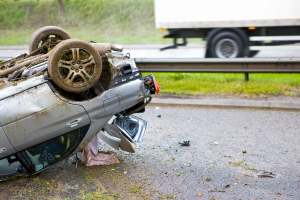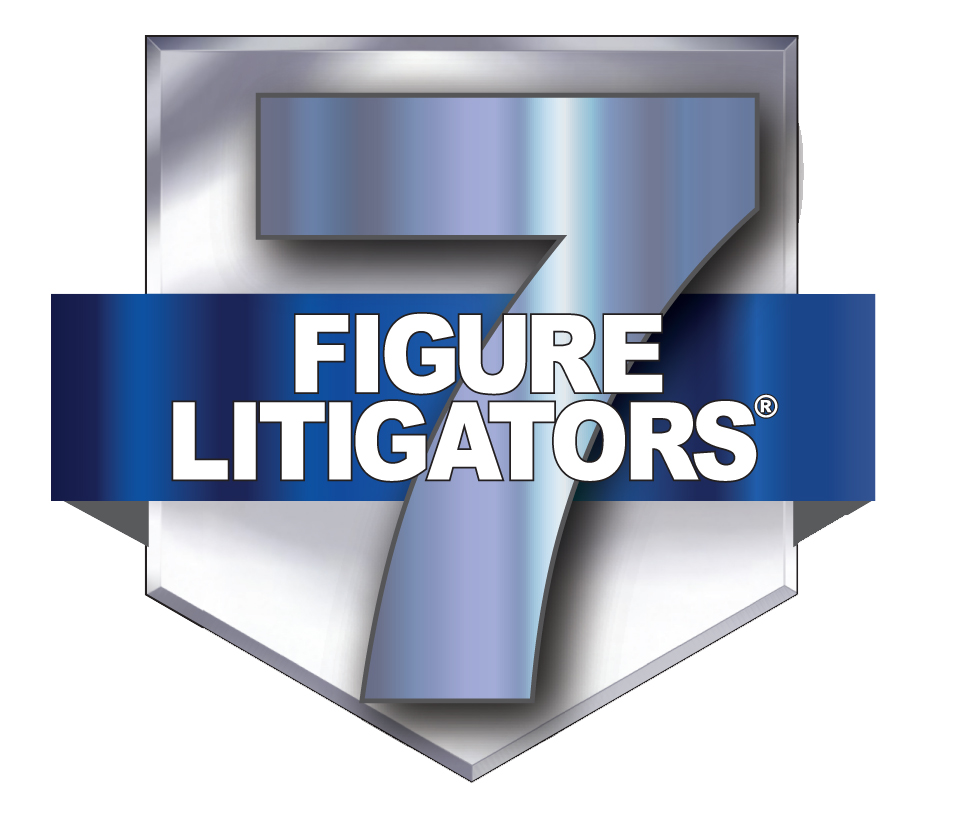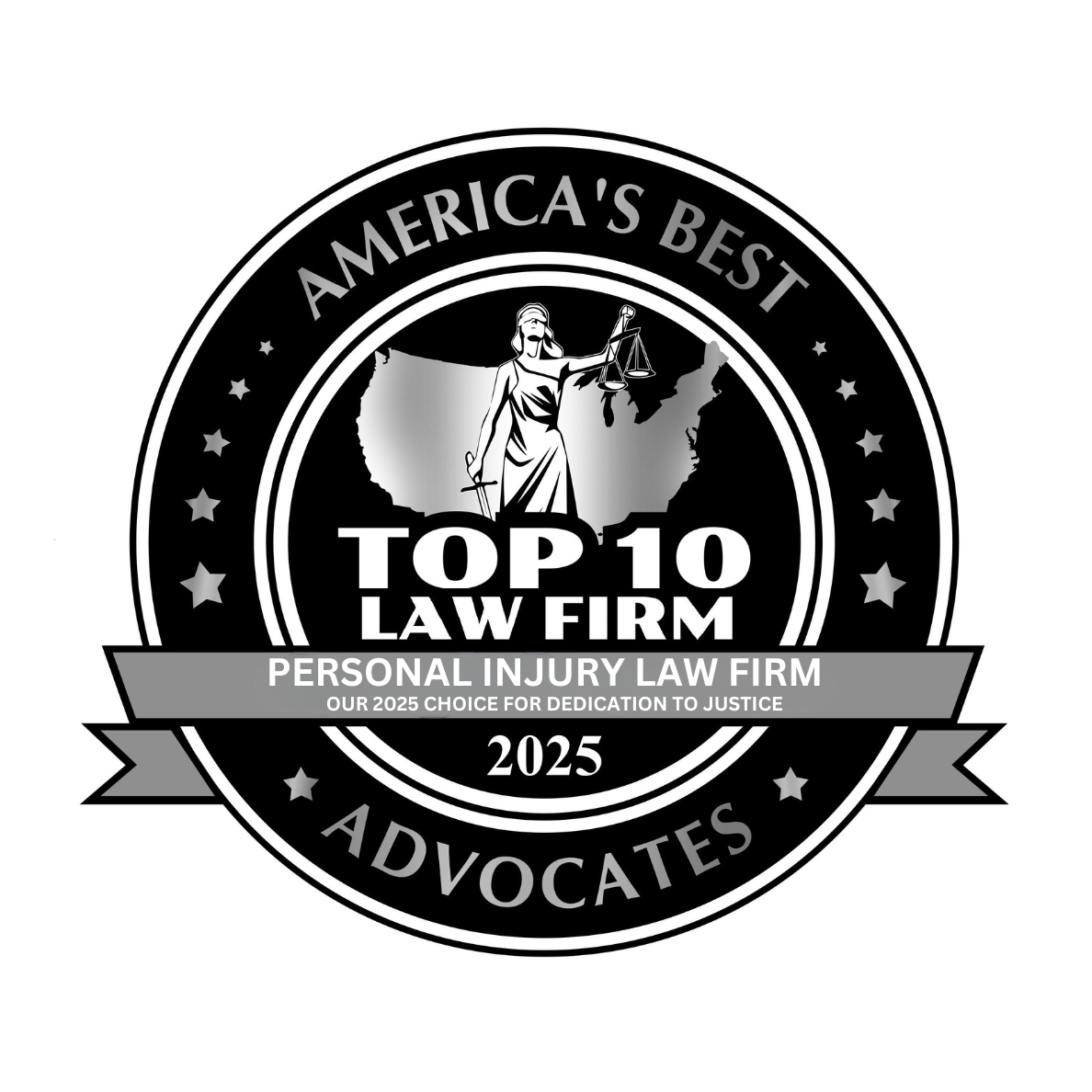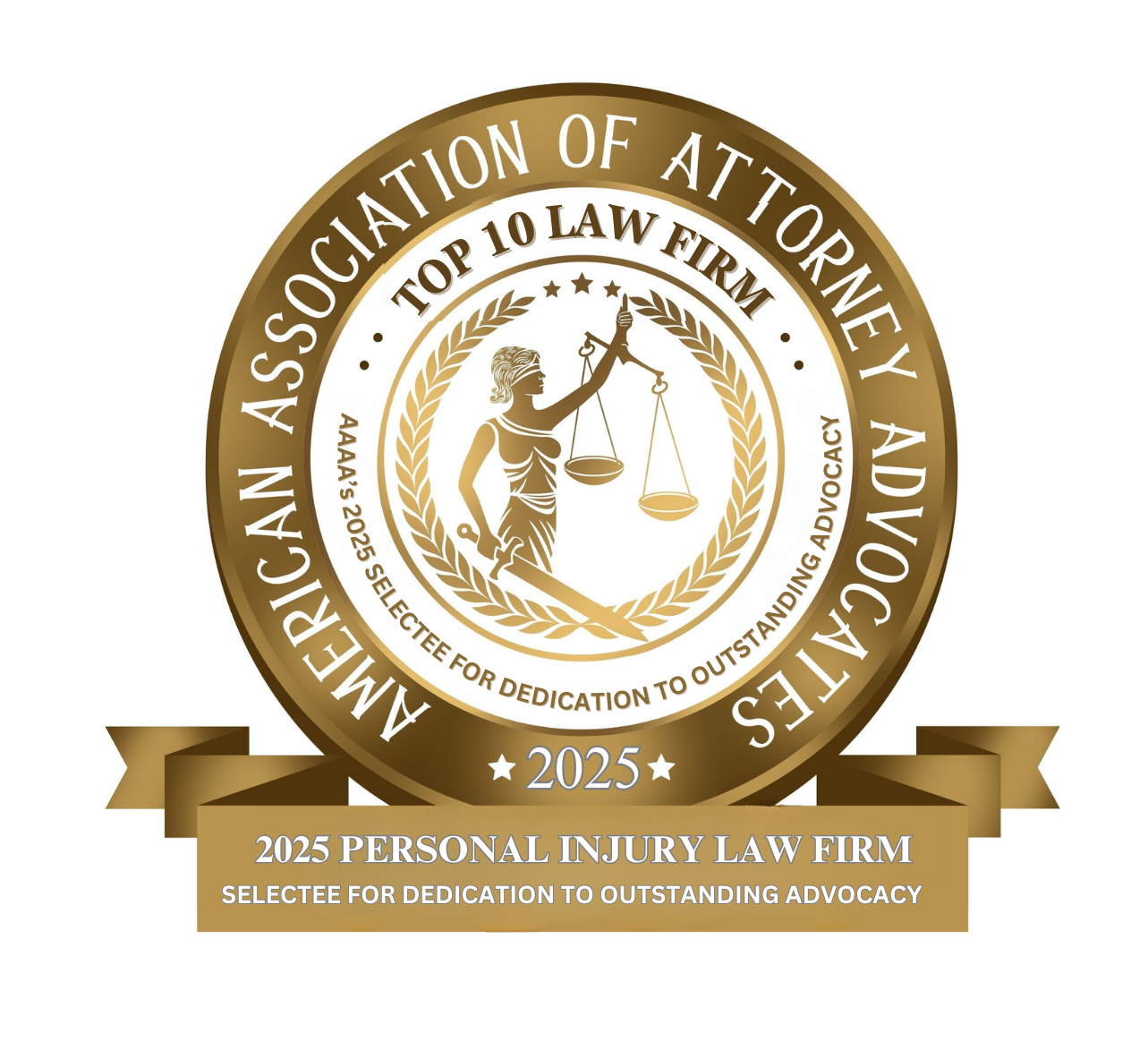Illinois Roof Crush Car Accident Lawyers
Award-Winning Injury Attorneys for Victims Crushed by Roof Collapses in Rollover Accidents
At John J. Malm & Associates, we represent individuals in Illinois who have suffered catastrophic injuries in serious vehicle crashes, including rollover accidents that involve a roof crush. Our experienced legal team has recovered millions of dollars on behalf of clients injured by defective vehicles and negligent drivers. If you or a loved one sustained a life-altering injury because a vehicle’s roof collapsed during a rollover, you may be entitled to compensation. We are here to investigate the car accident, uncover safety violations, and hold manufacturers or other responsible parties accountable.

What Are Roof Crush Injuries?
A roof crush injury occurs when the structural integrity of a vehicle’s roof fails during a rollover crash, allowing it to collapse into the occupant compartment. When a roof buckles inward, the headroom between the top of the seat and the roof shrinks rapidly—often crushing or compressing the driver or passengers. This often leads to serious head, neck, spine, or chest trauma. Roof crush can also increase the likelihood of ejection from the vehicle, which significantly raises the risk of death.
Modern vehicles are supposed to meet federal safety standards for roof strength. However, some roofs—particularly in older vehicles or poorly designed SUVs and trucks—do not offer adequate protection. Victims of roof crush accidents often suffer long-term disabilities or wrongful death due to these preventable failures.
Statistics on Roof Crush and Rollover Accidents
Although rollovers account for only about 5% of all car crashes, they are responsible for nearly 30% of all passenger vehicle fatalities in the United States, according to the National Highway Traffic Safety Administration (NHTSA). In many of these cases, inadequate roof strength plays a critical role in the severity of injuries.
Key statistics include:
- Approximately 10,000 people die annually in rollover crashes in the U.S.
- A 2009 NHTSA study found that roof crush of more than 15 centimeters (about 6 inches) significantly increases the risk of fatal or serious injury.
- According to a PubMed study published in Traffic Injury Prevention, even moderate roof deformation correlates with elevated risk of spinal injury and traumatic brain injury.
- SUVs and pickup trucks are disproportionately involved in rollover crashes and often have weaker roof structures than passenger cars.
These statistics make clear that stronger roofs and improved vehicle design could save thousands of lives every year.
Causes of Roof Crush in Rollover Crashes
Several factors can contribute to a vehicle’s roof collapsing in a rollover crash:
1. Inadequate Roof Strength
Vehicles must meet the Federal Motor Vehicle Safety Standard (FMVSS) No. 216, which sets a minimum threshold for roof strength. However, critics argue that this standard—requiring the roof to withstand 2.5 times the vehicle’s weight—is outdated and insufficient. Safety advocates push for more stringent standards of 4.0 times the vehicle’s weight, especially in larger SUVs and trucks.
2. Poor Structural Design
Certain vehicles—especially top-heavy SUVs and vans—are more likely to roll over and may have structural weaknesses at the roof pillars (A-, B-, or C-pillars). Design flaws like thin steel supports, improper welding, or insufficient reinforcement often contribute to the roof’s failure under pressure.
3. Manufacturing Defects
Even if a design meets minimum safety regulations, manufacturing defects—such as faulty welds, inferior materials, or assembly-line errors—can lead to a weakened roof structure.
4. Multi-Rollover Events
When a vehicle rolls multiple times, each impact weakens the frame further, increasing the likelihood that the roof will eventually collapse.
Common Injuries from Roof Crush Accidents
Roof crush injuries can be especially severe because they directly affect the upper half of the body—head, neck, shoulders, spine, and chest—areas critical to neurological function and breathing. Common injuries include:
1. Traumatic Brain Injury (TBI)
When the roof intrudes into the occupant’s space, it often causes the occupant’s head to strike the roof or windows with extreme force. This can result in:
- Concussions
- Hemorrhages (bleeding in the brain)
- Diffuse axonal injury (DAI)
- Cognitive impairment
- Long-term memory loss or coma
TBIs can be devastating, leading to lifelong disability or death.
2. Spinal Cord Injuries
Crushed roof structures can force occupants into unnatural, compressed positions, damaging the vertebrae and spinal cord. Outcomes may include:
- Paralysis (paraplegia or quadriplegia)
- Herniated discs
- Fractured vertebrae
- Permanent loss of motor or sensory function
Spinal cord injuries frequently result in major lifestyle changes and long-term care needs.
3. Neck and Back Injuries
Even if the spinal cord is not damaged, the vertebral column, muscles, and nerves can suffer trauma, resulting in:
- Whiplash
- Cervical dislocation
- Nerve impingement
- Chronic pain and limited mobility
4. Chest and Rib Injuries
Collapsed roofs can compress the chest, leading to:
- Fractured ribs
- Collapsed lungs (pneumothorax)
- Internal bleeding
- Cardiac contusion
These injuries can compromise breathing and circulation, sometimes fatally.
5. Facial and Skull Fractures
Roof collapse can cause occupants to strike their heads on metal or glass. Victims may experience:
- Eye damage
- Dental trauma
- Skull fractures
- Disfigurement
6. Ejection Injuries
In many rollover cases, especially where the roof fails, doors or windows break, leading to partial or complete ejection of occupants. Ejection almost always results in fatal injuries or massive trauma, including crushed limbs and multiple fractures.
Who Can Be Held Liable for a Roof Crush Accident?
Victims of roof crush accidents may be able to pursue a product liability claim against the vehicle’s manufacturer or other liable parties. Possible legal claims include:
- Design defect – where the roof design was inherently unsafe.
- Manufacturing defect – where the vehicle was improperly built.
- Failure to warn – where the manufacturer didn’t adequately inform users of rollover or roof crush risks.
In some cases, claims may also be brought against:
- An at-fault driver who caused the rollover
- A government agency responsible for road maintenance
- A trucking company or commercial fleet owner
Our Illinois personal injury firm investigates all contributing factors and consults with accident reconstructionists and engineers to determine who should be held accountable.
Preventing Roof Crush Injuries
1. Choose Safer Vehicles
Consumers should research crash test ratings—especially those involving roof strength. The Insurance Institute for Highway Safety (IIHS) publishes ratings that evaluate a vehicle’s roof strength-to-weight ratio.
2. Wear Seat Belts
While not a structural fix, seat belts reduce the chance of ejection and can keep occupants in safer positions during a rollover.
3. Support Stronger Standards
Advocacy for stricter FMVSS roof strength requirements can lead to safer vehicles in the future.
How John J. Malm & Associates Can Help After a Roof Crush Accident
At John J. Malm & Associates, we have the knowledge and experience to handle complex cases involving defective vehicle structures. We collaborate with engineers, medical experts, and accident investigators to build compelling cases on behalf of clients. We are committed to recovering full and fair compensation for:
- Medical expenses
- Lost wages
- Pain and suffering
- Disability or disfigurement
- Future care and rehabilitation
- Wrongful death damages (for surviving family members)
If you or a loved one was injured in a rollover accident involving roof crush, contact us for a free consultation. We handle cases on a contingency fee basis, so you pay nothing unless we win your case.
Frequently Asked Questions About Roof Crush Injury Claims
What should I do after a roof crush accident?
Seek immediate medical attention, document your injuries, and preserve any evidence from the vehicle and crash site. Do not sign anything from the insurance company until you speak with a lawyer.
Can I sue the car manufacturer?
Yes. If the roof crush was caused by a design or manufacturing defect, you may have a product liability claim against the manufacturer or dealer.
How do I prove a roof crush caused my injuries?
Your attorney can work with experts to inspect the vehicle, analyze crash dynamics, and correlate injuries with intrusion points. This often involves crash reconstruction and medical analysis.
Is there a deadline to file a lawsuit in Illinois?
Yes. Under Illinois law, personal injury claims generally must be filed within two years from the date of injury. However, exceptions may apply, so consult with an Illinois defective product attorney promptly.
How much is a roof crush injury case worth?
The case value of a roof crush accident depends on many factors, including injury severity, long-term impact, liability, and insurance coverage. Cases involving spinal cord injury or wrongful death often result in high-value settlements or verdicts.
Call the Award-Winning Illinois Roof Crush Accident Lawyers at John J. Malm & Associates
Roof crush injuries can change lives in an instant—but you don’t have to face the impact alone. At John J. Malm & Associates, we stand up for crash victims in Illinois who suffer serious injuries because of defective vehicle designs. If a roof collapse contributed to your injuries or a loved one’s death in a rollover crash, you may be entitled to compensation.
We will thoroughly investigate your case, identify all responsible parties, and fight for the justice you deserve. Let us hold negligent manufacturers and drivers accountable. Contact us today at (630) 527-4177 or fill out our online contact form for a free consultation.















